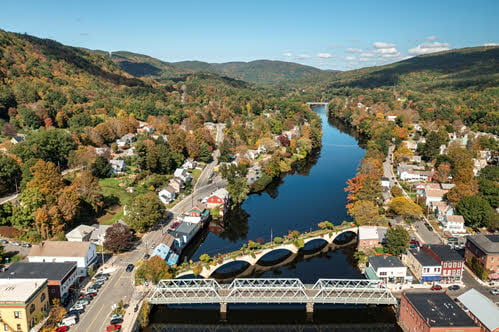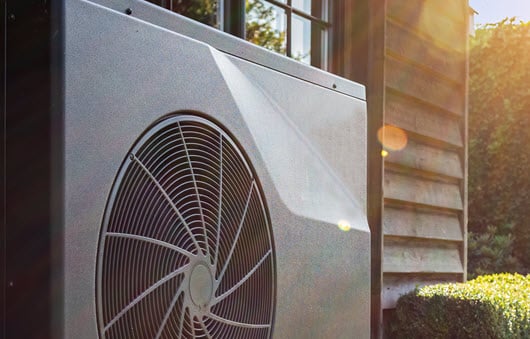*Represents lifetime CO2 reductions
Saving Energy and the Environment
Mass Save represents the programs, services, offers and resources provided by Berkshire Gas, Cape Light Compact, Eversource, Liberty, National Grid and Unitil with the goal of equitably saving Massachusetts residents, businesses and communities energy and reducing greenhouse gas emissions.
76 Million
Metric tons of CO2 reduced*
$31 Billion
Generated benefits for Massachusetts residents and businesses
In The News
The latest ways we are engaging our community to create a better, more sustainable future for Massachusetts.
January 22, 2025
The Sponsors of Mass Save® Honor 2024 Climate Leaders
October 02, 2024
The Sponsors of Mass Save® Announce 2024 Climate Leaders
September 20, 2023
Sponsors of Mass Save® Win Prestigious Stars of Energy Efficiency Award
October 27, 2022
The Sponsors of Mass Save® Announce the Workforce Partnership Grant
September 23, 2022
Mass Save® Clean Energy Pathways Interns on Path to New Jobs
June 01, 2022
Mass Save® Sponsors Launch Community Education Grant
February 01, 2022
2022-2024 Energy Efficiency Plan
February 24, 2021
Mass Save® Sponsors Increase Incentives for Select Foodservice Equipment
June 15, 2016
Mass Save® Announces Program to Offer Veteran Support











